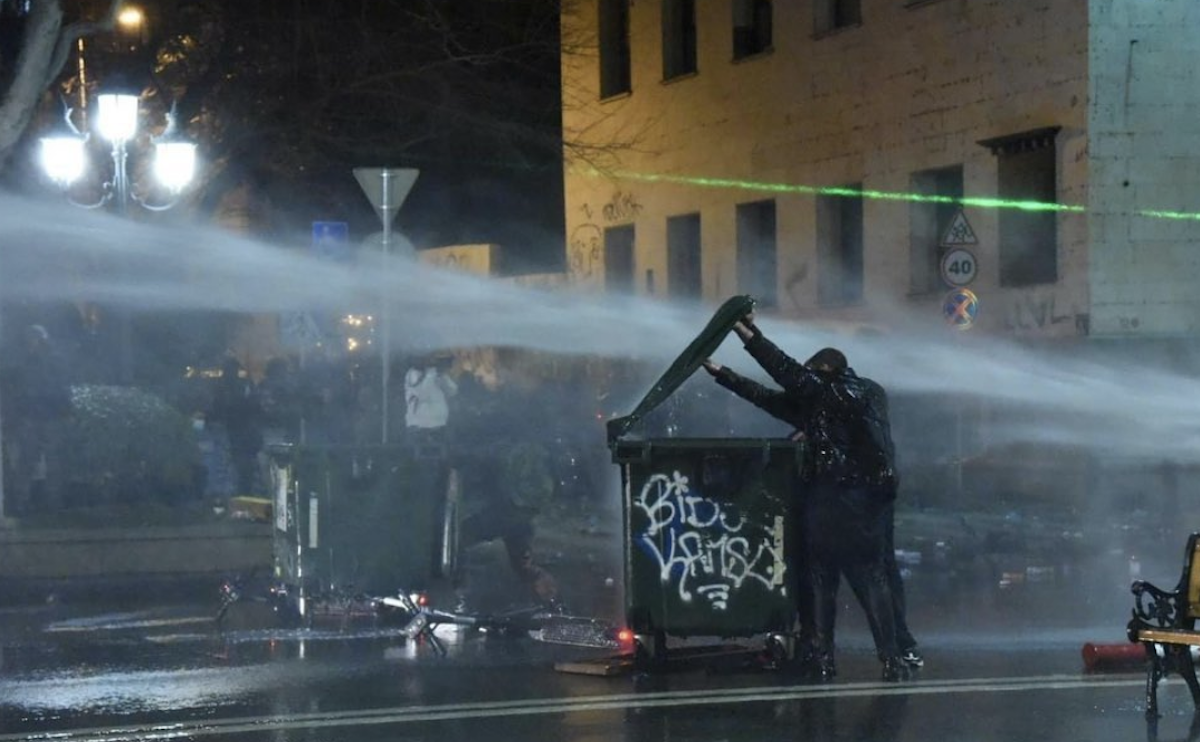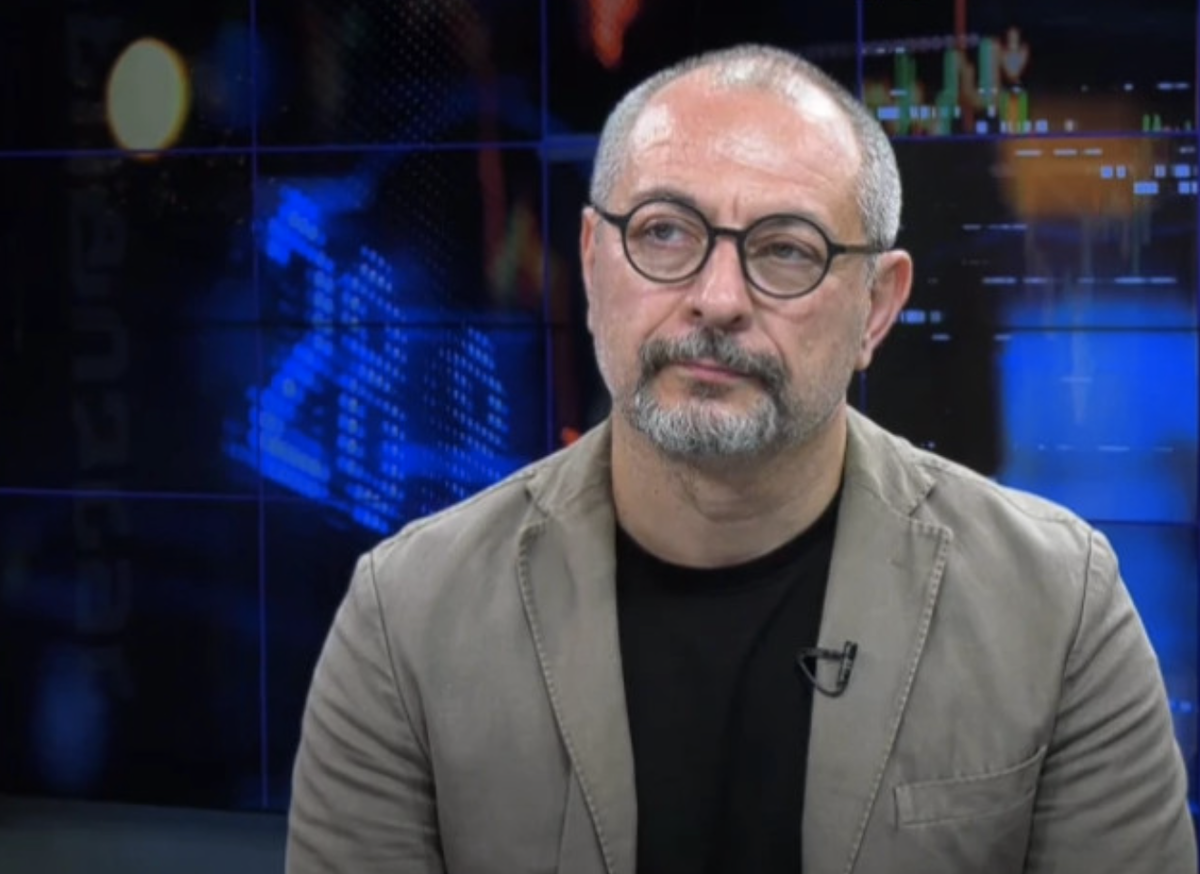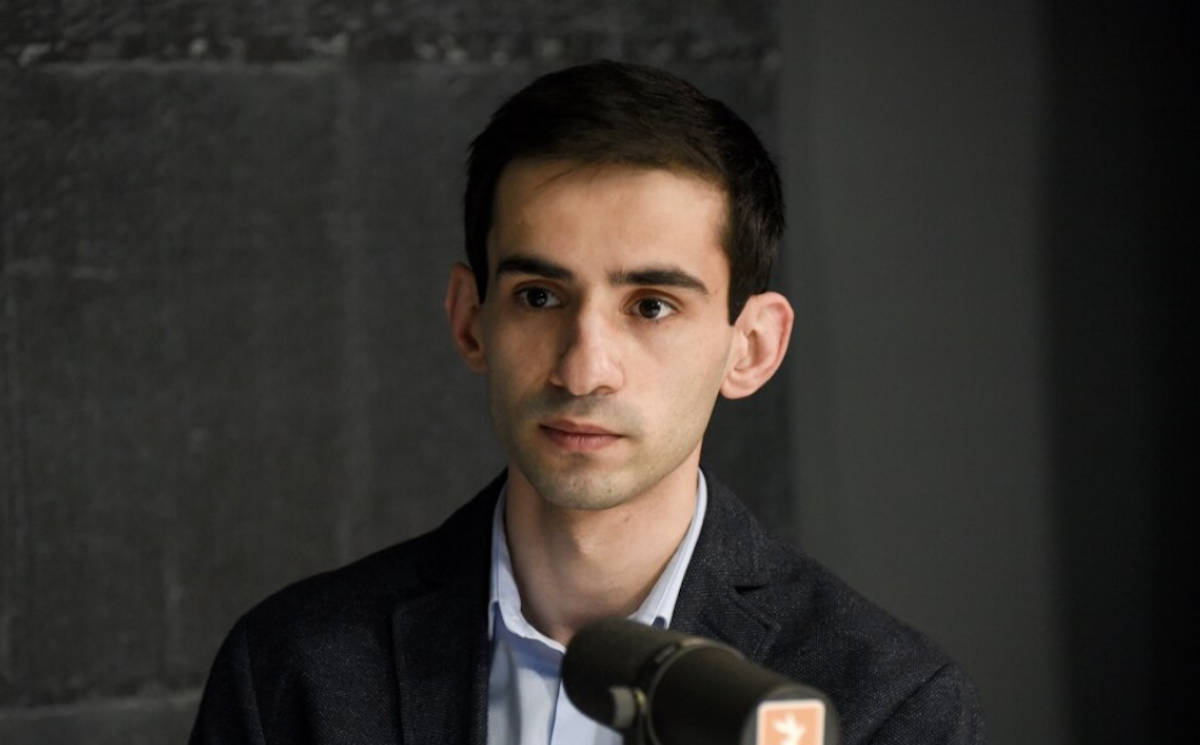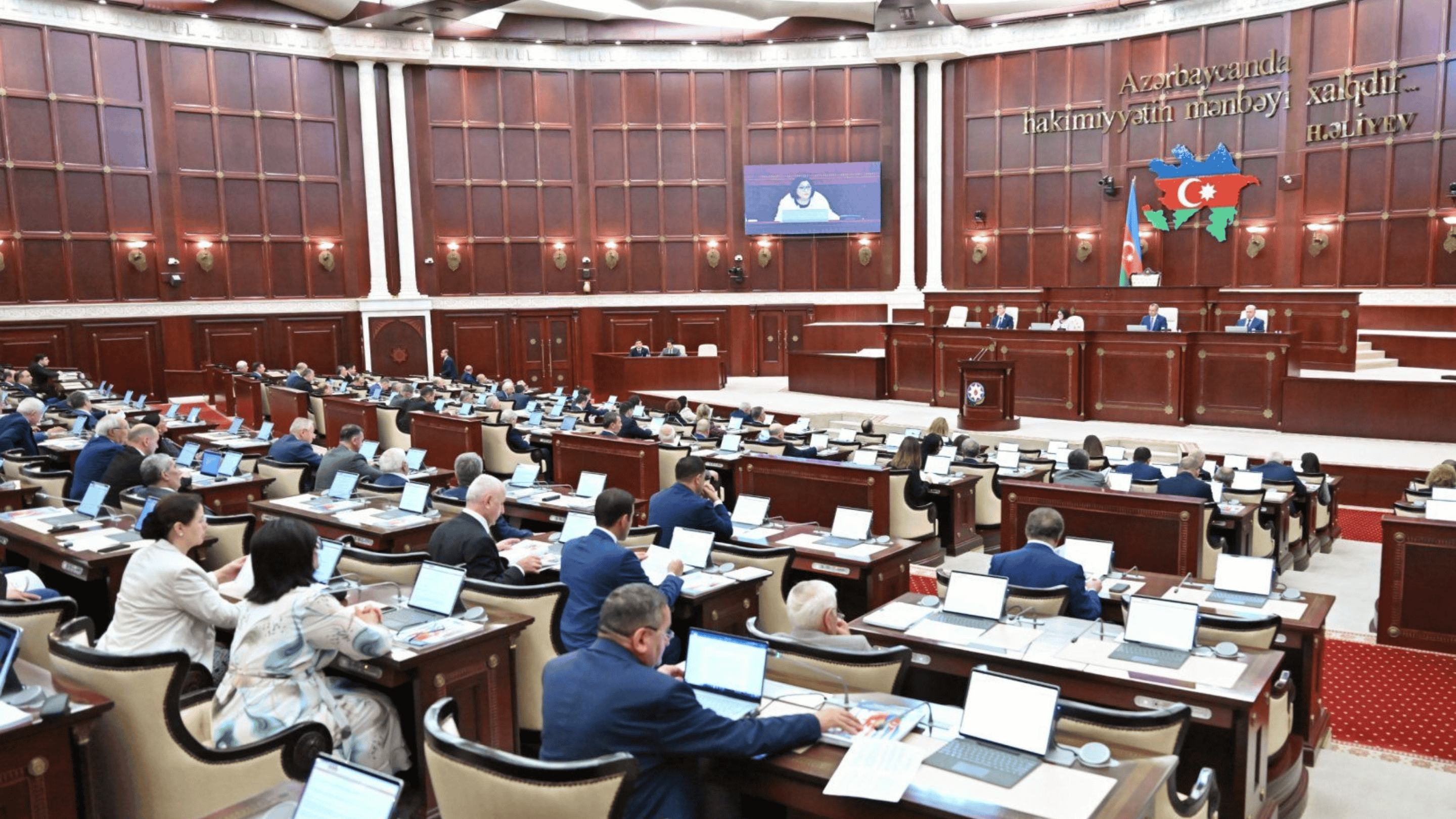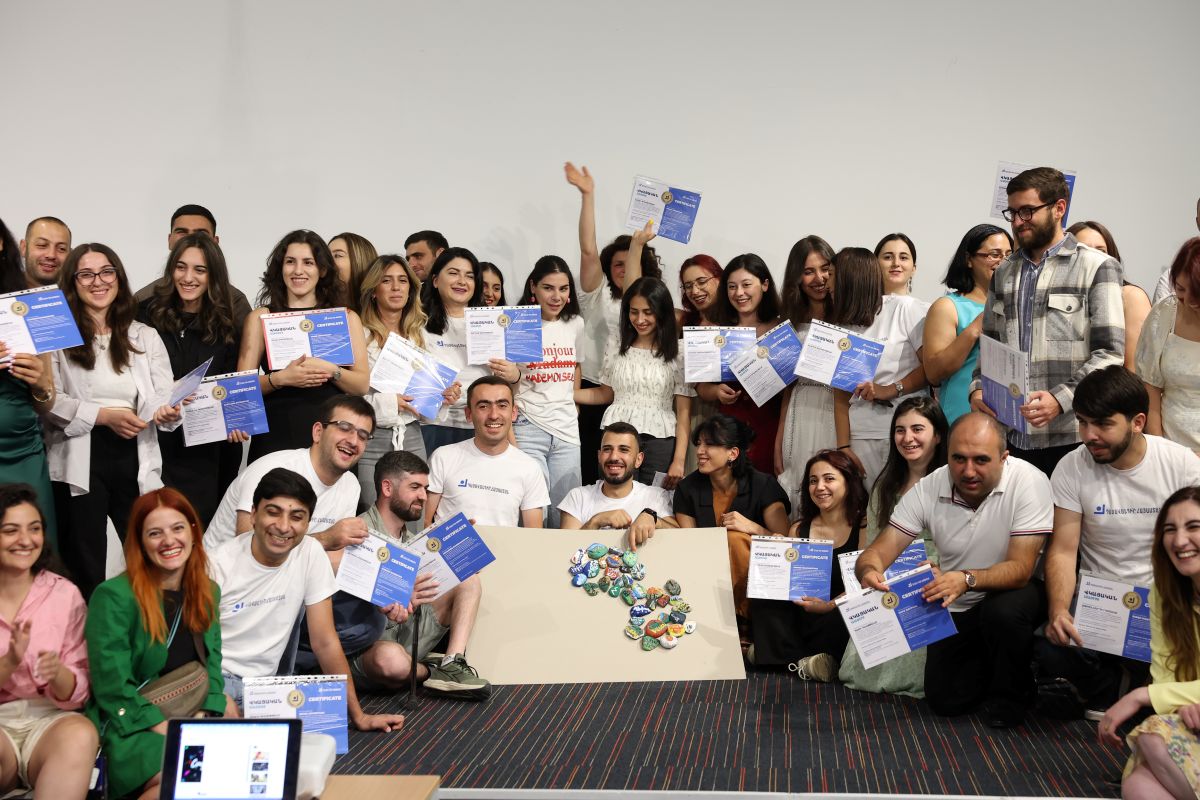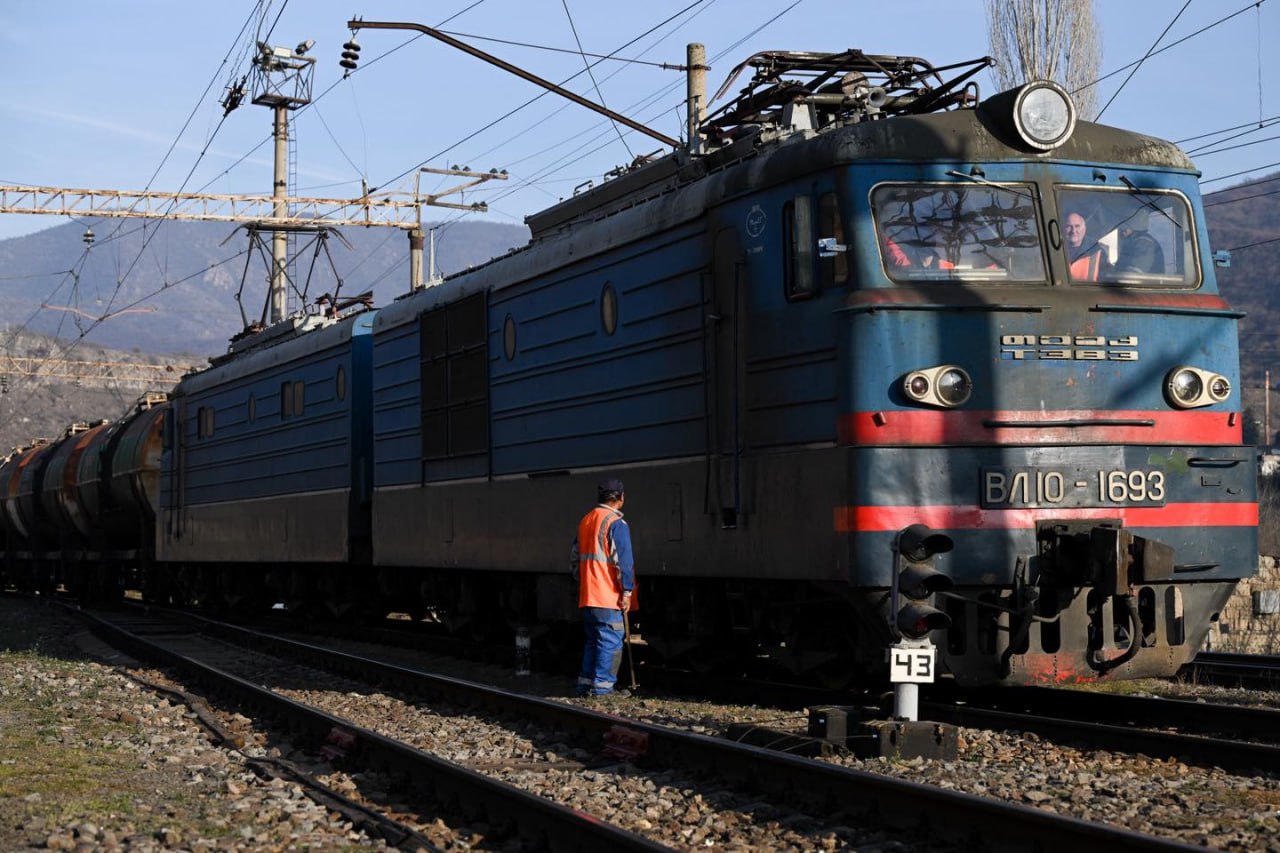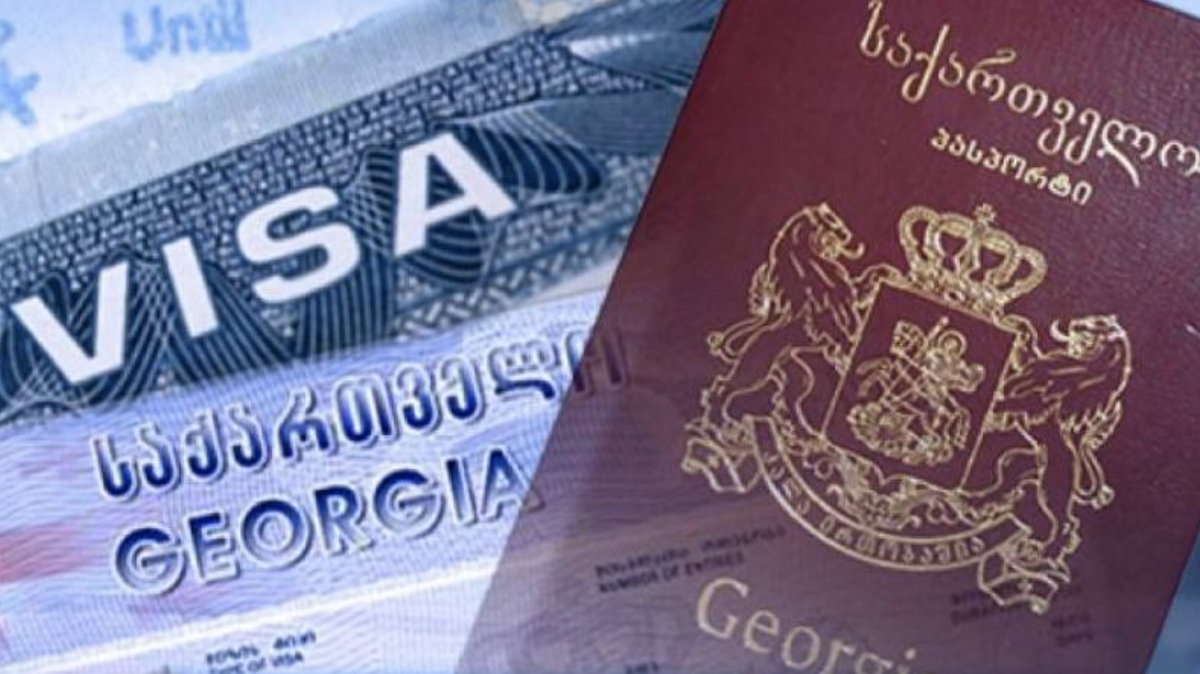Attack, execution, and display: how tragedy in Chechnya turned into political message
Teenager’s body displayed in Chechnya
Following the tragic knife attack by a teenager on a traffic police post in Russia‘s Chechen Achkhoy-Martan, a series of harsh and controversial actions ensued: mass detentions, family expulsions, and the public display of the boy’s body.
The incident became not only a pretext for repression but also a reflection of the alarming practice of collective punishment that has become part of the region’s political reality.
Tragedy in Achkhoy-Martan
On 7 April 2025, a shocking and tragic incident took place in the centre of Achkhoy-Martan, a town in Chechnya, sending shockwaves through the republic and the entire country. A teenager armed with a knife attacked a traffic police checkpoint, killing officer Ramzan Dubaev and injuring at least two of his colleagues.
The attacker was shot dead at the scene. The incident sparked not only public outrage but also a harsh response from the Chechen authorities, leading to mass repressions and violations of citizens’ rights.
From attack to “identified organizers”
According to Russia’s Investigative Committee, the incident occurred around 6 p.m. Official reports state that a teenager approached traffic police officers and stabbed them. One officer, 37-year-old Senior Lieutenant Ramzan Dubaev — who had served since 2014 and received commendations from the Interior Ministry — was killed.
The attacker, reportedly 16 or 17 years old, was shot dead at the scene. His identity was quickly confirmed, but the authorities did not stop at assigning individual responsibility.
Soon after the incident, Chechen leader Ramzan Kadyrov blamed not only the teenager but also alleged “organizers” supposedly based abroad.
According to him, “Ukrainian intelligence services and agents hiding in Turkey” were behind the attack. Kadyrov also accused members of the opposition Telegram channel NIYSO of involvement and labeled them collaborators of “foreign enemies.”
Forced expulsions and pressure on families
As a response, Chechen authorities immediately launched a wave of mass repression. Kadyrov ordered the expulsion not only of the relatives of the slain teenager but also of the families of all those he labeled “accomplices” among opposition activists.
“We will expel not only the parents but all the relatives — brothers, sisters, uncles, aunts. We will take their property,” the regional head declared.
In carrying out this order, officers from the Interior Ministry, National Guard, and FSB began searching homes, seizing property, and detaining individuals without explanation.
Human rights groups report that at least six people with family ties to members of the NIYSO Telegram channel were detained, including some who had not lived in Chechnya for many years.
Their whereabouts remain unknown, and lawyers have been denied access to them. Such actions constitute collective punishment, which directly violates both Russian and international law.
Teenager’s body put on display
One of the most disturbing aspects of the authorities’ response was the public display of “punishment.” The day after the attack, an impromptu rally was held in the central square of Achkhoy-Martan.
According to eyewitnesses and independent media, local residents — including teachers, schoolchildren, and public sector workers — were forcibly brought to the event. There, the body of the slain teenager, dressed in military uniform, was put on display.
Organizers reportedly forbade anyone from leaving the square before the event ended, even if they felt unwell — which, it was said, happened frequently, particularly among women and adolescents.
The incident sparked outrage among human rights organizations and some Russian politicians. Communist Party MP Nina Ostanina told the press: “The public display of a body is a return to medieval practices. It’s cruel, inhumane, and essentially criminal. Even a criminal has the right to dignity after death.”
The events of 7 April in Achkhoy-Martan are not just a tragedy that left a police officer dead and a teenager killed. The public body display, expulsions of families, and pressure on opposition media all point to a deep crisis in the rule of law.
Such actions not only erode public trust in the authorities but also create a dangerous precedent: fear, violence and humiliation are being used as tools to control the minds of youth. How long this can be kept under the lid before another explosion occurs is a rhetorical question.











